Phalaenopsis Alliance
Common name: Moth Orchid
Horticultural alliance: Vanda
Taxonomy: Subfamily Higher Epidendroideae > Tribe Vandaea > Subtribe Aeridinae > Genus Phalaenopsis
Native range: Southern Asia from India to China, through to Indonesia, New Guinea, and the Solomon Islands
Habitat: the surface of trees rocks, accumulated humus, and the forest floor, in tropical and subtropical regions with high rainfall
For most growers, our first orchid was a phalaenopsis. Their ease of production and care, and long flowering period make them readily available at big box stores and specialty shops alike.
Although orchids have a reputation for being difficult to grow, much of this stems from the fact that they are epiphytes, meaning they grow clinging to the surface of trees. The same care and techniques houseplant lovers are familiar with don't always apply, but if you make some simple considerations for this difference, phalaenopsis can be among the easiest orchids to grow and flower in the home.
The phalaenopsis orchids that we see in these retailers are hybrids, combinations of many species resulting in more vigorous plants with larger, more brightly colored and patterned flowers. The variety has become astronomical, with more varieties becoming available each year. The species which make up these hybrids come from South East Asia, from Southern China to Northern Australia,
Apart from big box and retail chains, Orchids by Hausermann is the largest supplier of hobby orchids in the Chicago Area. Before they bred Cattleyas for the corsage industry, they started out breeding phalaenopsis. Today they offer many varieties, and continually refresh their catalog.
The most common or standard type of phalaenopsis were particularly influenced by the hybrid Phalaenopsis Sogo Yukidian. This was a very vigorous and tall phalaenopsis with very large silky white flowers, which had a distinctive habit: the tall unbranched flower stem rose straight up, and then arched over and down to display the alternating flowers in a "shingle" pattern. This hybrid would go on to be used extensively in breeding, and may of the phalaenopsis for sale today feature this hybrid in their background. These are among the easiest orchids to grow and bloom for the home grower, and are stimulated to bloom by a mild drop in temperature during winter.
"Multifloral" Phalaenopsis have flower spikes which can branch to produce significant numbers of flowers. These can range in size, with plants similar in stature to the standard type, down to plants only a few inches tall. Many growers will instead divide phalaenopsis by size, using the term "mini-phal" to refer to those with leaves averaging about four or five inches, flowers about an inch across, and often a branching flower spike.
Many of us are familiar with the phalaenopsis that have round silky flowers held high above the leaves, but many species and hybrids have waxy star shaped flowers and wide leaves. Although these may look very different at first, they actually played an important role in the breeding of the diverse colors and patterns of the more familiar type. These are the "summer blooming", “broadleaf”, or "novelty" type phalaenopsis. Some of these, like Phalaenopsis bellina, are known for their fragrance. One notable difference is that these are not induced into blooming with cool temperatures.
Description of Flower
Flower spike: Upright, branched or unbranched, with flowers occurring in an alternating pattern on the upper portion of the stem.
Color: Often pink, white, or yellow, orange, or yellow-green.
Structure: Lip is small, with two short whiskers curling upward. Petals and sepals can be pointed or round, with the lateral petals
Nectar spur: None
Fragrance: Fragrance is more common among novelty phalaenopsis.
Longevity: Several months.
Description of Plant
Body plan: Monopodial (one-foot), meaning the stem, or axis, grows up and away from the growing surface, sheathed by the leaf bases.
Pseudobulb: None
Leaf: Succulent, leathery, folded along the midrib, and paddle-shaped.
Root: Thick, brittle roots with green growing tips.

